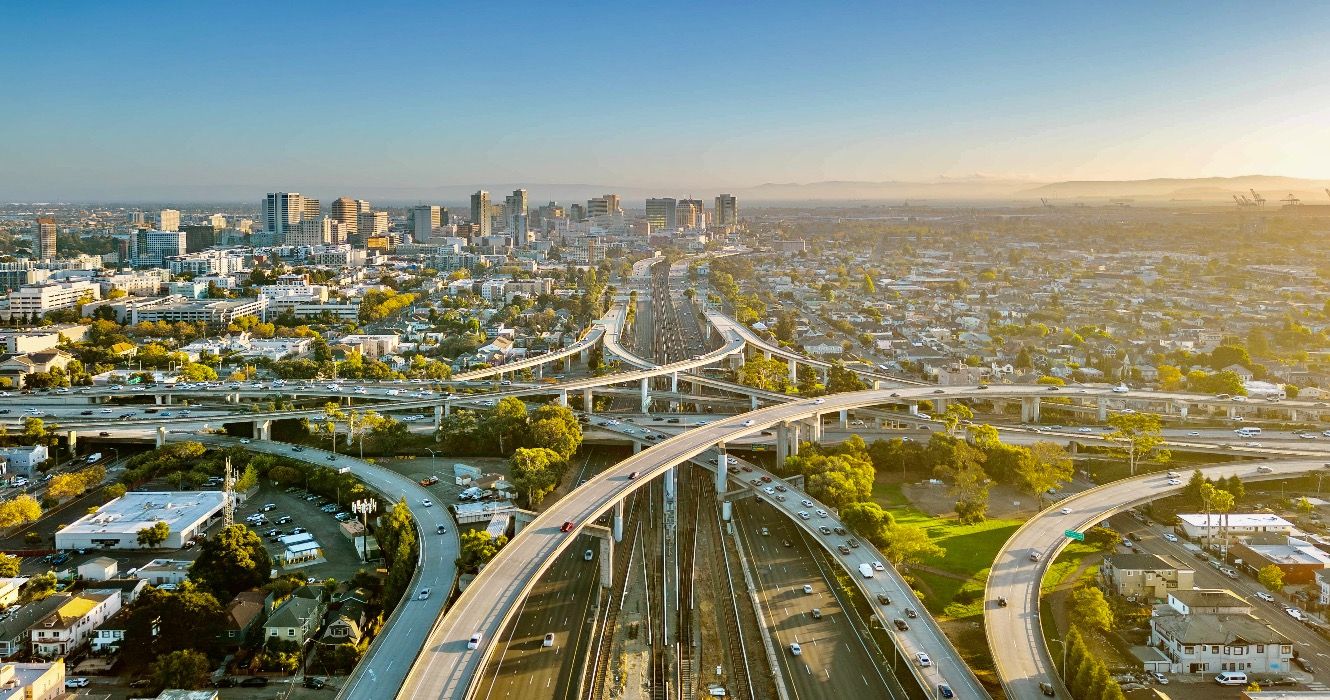Living in California: Housing Market Trends and Challenges
California's housing market has long been one of the most dynamic and complex in the United States. With its booming tech industry, desirable climate, and stunning coastlines, the Golden State attracts millions of people every year. However, the California housing market also presents unique challenges for both buyers and renters. In this article, we will explore the key trends and challenges shaping California’s housing market today.
1. High Demand for Housing
California’s housing market has always been marked by high demand, driven by the state's large population and thriving industries. The demand for homes often outpaces supply, resulting in price increases and fierce competition among potential buyers.
Key Factors Driving High Demand:
- Economic Opportunities: California is home to major tech hubs like Silicon Valley, as well as thriving industries in entertainment, healthcare, and agriculture, all of which attract skilled professionals.
- Climate and Lifestyle: The state’s year-round pleasant climate and outdoor lifestyle continue to draw individuals and families seeking a high quality of life.
- Population Growth: Although California’s population growth has slowed, it remains one of the most populous states in the U.S., contributing to ongoing demand for housing.
2. Skyrocketing Home Prices
As a result of the high demand, home prices in many California cities have reached record highs. While this trend is most pronounced in major urban areas like San Francisco, Los Angeles, and San Diego, even smaller cities have seen significant price increases.
Notable Trends in Home Prices:
- Urban Centers vs. Suburban Areas: Cities like San Francisco and Los Angeles have some of the highest home prices in the country. However, suburban and exurban areas are also experiencing significant price increases as more buyers seek affordable options away from the urban core.
- Luxury Market Growth: The luxury real estate market in California remains strong, with multi-million-dollar homes being sold in desirable locations like Malibu, Beverly Hills, and Silicon Valley.
- Affordability Crisis: Many Californians struggle with affordability, as rising prices outpace wage growth. This is particularly true in cities with high demand but limited inventory.
3. Shortage of Affordable Housing
One of the most significant challenges in California’s housing market is the shortage of affordable housing. While the state has a wealth of luxury properties and high-end developments, affordable options for middle- and low-income residents are limited.
Key Issues Contributing to the Housing Shortage:
- Regulatory Barriers: Zoning laws, building codes, and other regulatory challenges make it difficult to develop new housing, particularly in high-demand areas.
- High Construction Costs: Building new homes in California can be expensive due to high labor costs, expensive materials, and land prices, which further exacerbate the affordability issue.
- Limited Land Availability: California’s limited land for new development, especially in urban areas, contributes to the scarcity of affordable homes.
4. Renting: A Growing Challenge
For many residents, buying a home in California is simply out of reach. As a result, renting has become an increasingly popular option. However, the rental market has its own set of challenges, including rising rents and a lack of affordable rental units.
Rental Market Challenges:
- Rising Rents: Like home prices, rental rates in California have surged in recent years. Cities like San Francisco and Los Angeles have some of the highest rents in the country, making it difficult for renters to find affordable housing.
- Shortage of Rental Units: There is a significant shortage of rental units in high-demand areas, leading to competition for available properties and sometimes long waiting lists.
- Evictions and Homelessness: The increasing cost of living and rental prices has led to a rise in evictions and homelessness, creating a serious social issue in many urban areas.
5. Impact of Remote Work on Housing Trends
In recent years, remote work has played a significant role in reshaping California's housing market. With many people no longer tied to a physical office, more individuals are choosing to move away from expensive urban centers to more affordable areas.
How Remote Work Is Changing Housing Trends:
- Migration to Suburbs and Rural Areas: As remote work becomes more common, many people are leaving crowded cities like San Francisco and Los Angeles for suburban and rural areas, where they can find larger homes at lower prices.
- Increased Interest in Second Homes: The desire for more space and a better work-life balance has led many people to invest in second homes or vacation properties in less populated areas.
- Shift in Office Space Demand: With fewer people commuting to work, commercial real estate demand has declined, which could lead to opportunities for repurposing office buildings into residential spaces.
6. The Role of Technology in the Housing Market
Advancements in technology have also influenced California’s housing market. From online real estate platforms to innovative construction methods, technology is playing an increasingly important role in how people buy, sell, and rent homes.
Technological Innovations Affecting the Housing Market:
- Real Estate Platforms: Websites and apps like Zillow, Redfin, and Realtor.com have revolutionized the home-buying and renting process, providing real-time access to listings and prices.
- Smart Homes: As demand for high-tech homes increases, builders are incorporating smart home technology, like automated lighting, security systems, and energy-efficient appliances, into new developments.
- Construction Technology: 3D printing and modular construction techniques are emerging as ways to build homes more quickly and affordably, potentially easing the housing shortage in the future.
7. Conclusion
California's housing market is facing a complex set of challenges, including high demand, skyrocketing prices, a shortage of affordable housing, and rising rents. While remote work and technological advancements offer potential solutions, the state's housing crisis remains a significant issue that needs to be addressed. Whether you're looking to buy, rent, or invest, it’s essential to stay informed about the latest trends and challenges in California's housing market to make the best decision for your needs.














